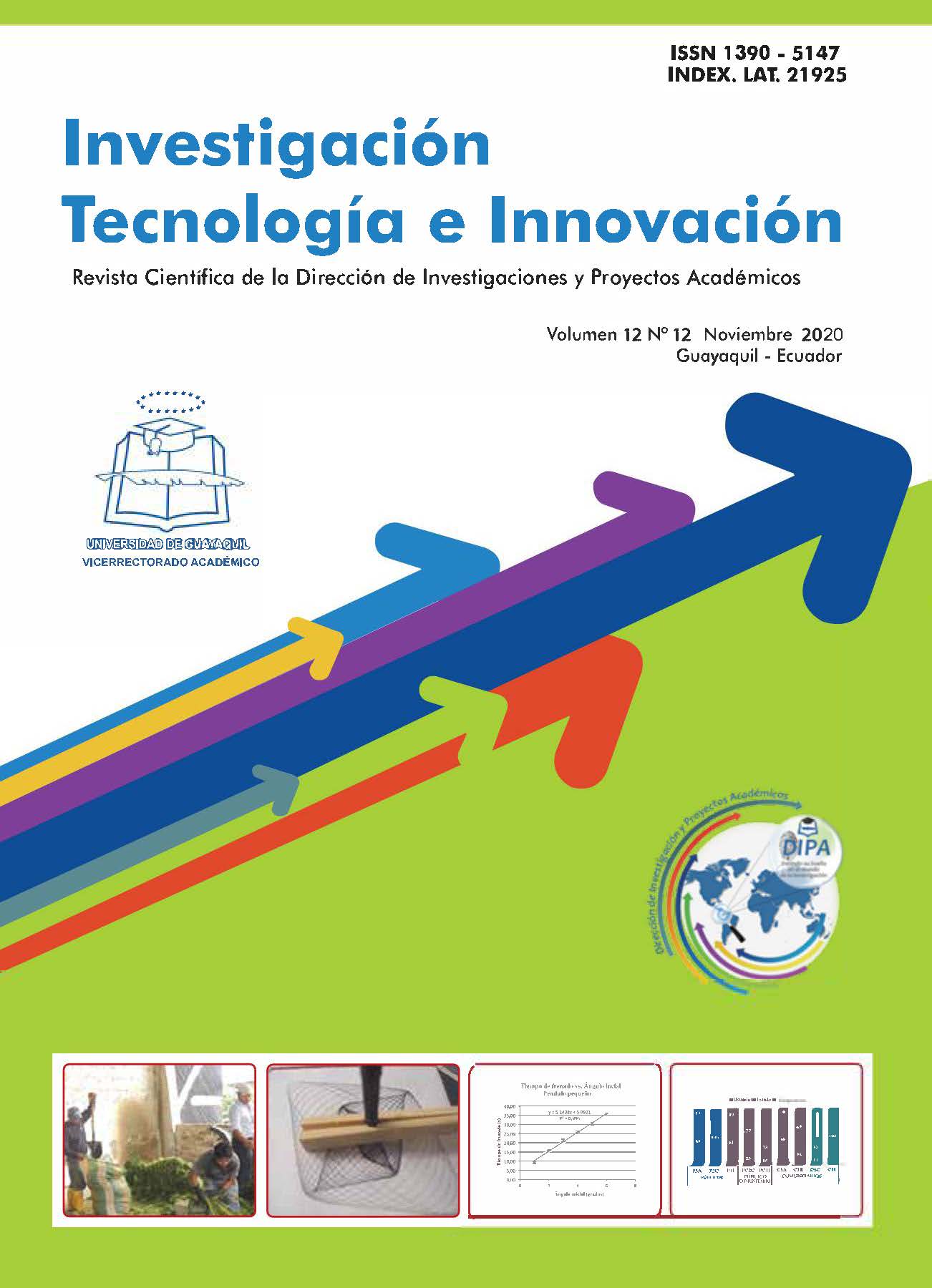Factors to measure variables related to specific causes of admission and age as risk factors for premature pregnancies
DOI:
https://doi.org/10.53591/iti.v12i12.128Keywords:
Preterm, pregnancy, adolescents, R Studio program, contingency table, chi squareAbstract
The objective of this work is to determine the factors that could be reflected regarding pregnancy in adolescence. The consequences in premature pregnancies can cause great damage to the mother's body and that she is not ready to conceive a new life. Using contingency tables and chi square, the 2017 hospital discharge database provided by the INEC (National Institute of Statistics and Censuses) will be analyzed with a sample of 600 patients of pregnant women. Where it was obtained as a result that pregnant adolescent women are more likely to suffer an early rupture of the ovular membranes in (13.9%) compared to adult women who present (8.2%). It was concluded that the lower the age of the pregnant woman, the more frequent she has problems in pregnancy if there is no proper care.
References
M. G. Minuzzi et al., «Embarazo adolEscEntE?` una población dE riEsgo?», Rev. del Hosp. Matern. Infant. Ramón Sardá, vol. 29, n.o 4, pp. 139-143, 2010.
J. F. Bojanini y J. G. Gómez, «Resultados obstétricos y perinatales en adolescentes», Rev. Colomb. Obstet. Ginecol., vol. 55, n.o 2, pp. 114-121, 2004.
J. Sandoval, F. Mondragón, y M. Ortíz, «Complicaciones materno perinatales del embarazo en primigestas adolescentes: Estudio caso-control», Rev. Peru. Ginecol. y Obstet., vol. 53, n.o 1, pp. 28-34, 2007.
V. C. Arana, J. F. O. Guerra, y R. M. C. López, «Características sociales y familiares de las adolescentes embarazadas atendidas en un módulo de alto riesgo», Rev. Med. Inst. Mex. Seguro Soc., vol. 43, n.o 3, pp. 267-271, 2005.
O. T. Gómez, «Una aplicación de la prueba chi cuadrado con SPSS», Ind. data, vol. 11, n.o 1, pp. 73-77, 2008.
Y. de la Rosa, V. J. Hernández Moreno, N. E. Batista Hernández, y E. Tejeda Castañeda, «Chi cuadrado o Ji cuadrado», Medicentro Electrónica, vol. 21, n.o 4, pp. 294-295, 2017.
L. Cevallos-Torres y M. Botto-Tobar, «Case study: Probabilistic estimates in the application of inventory models for perishable products in SMEs», en Problem-Based Learning: A Didactic Strategy in the Teaching of System Simulation, Springer, 2019, pp. 123-132.
F. Quevedo, «La prueba de ji-cuadrado. Medwave, 11 (12)». 2011.
M. Mirabal Sosa, M. Robaina García, y R. Uranga Piña, «R: una herramienta poco difundida y muy útil para la investigación clínica», Rev. Cuba. Investig. Biomédicas, vol. 29, n.o 2, pp. 302-308, 2010.
M. E. Flores-Valencia, G. Nava-Chapa, y L. Arenas-Monreal, «Embarazo en la adolescencia en una región de México: un problema de Salud Pública», Rev. Salud Pública, vol. 19, pp. 374-378, 2017.
L. Cevallos-Torres y M. Botto-Tobar, «The system simulation and their learning processes», en Problem-Based Learning: A Didactic Strategy in the Teaching of System Simulation, Springer, 2019, pp. 1-11.
L. Cevallos-Torres y M. Botto-Tobar, «Case study: Logistical behavior in the use of urban transport using the monte carlo simulation method», en Problem-Based Learning: A Didactic Strategy in the Teaching of System Simulation, Springer, 2019, pp. 97-110.
L. Cevallos-Torres y M. Botto-Tobar, Problem-based learning: a didactic strategy in the teaching of system simulation. Springer, 2019.
L. Cevallos-Torres y M. Botto-Tobar, «Case study: Project-based learning to evaluate probability distributions in medical area», en Problem-Based Learning: A Didactic Strategy in the Teaching of System Simulation, Springer, 2019, pp. 111-122.
Downloads
Published
Issue
Section
License
Copyright (c) 2020 Elton Beqiri C, Bryan Castro C, Fernanda Herrera L

This work is licensed under a Creative Commons Attribution-NonCommercial 4.0 International License.






